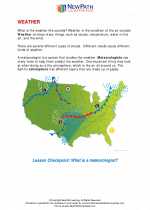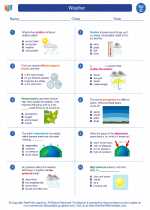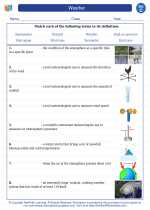Carboniferous Period
The Carboniferous Period, also known as the Coal Age, lasted from approximately 358.9 to 298.9 million years ago. It is a significant period in Earth's history, marked by the abundance of plant life and the formation of coal deposits that we use today as a source of energy.
Key Events and Features
- Flourishing Plant Life: The Carboniferous Period is characterized by the proliferation of diverse plant species, including ferns, horsetails, and early tree-like plants such as Lepidodendron and Calamites.
- Formation of Coal: The extensive plant growth during this period led to the formation of vast swamps and forests. Over time, as these plants died and accumulated, they were eventually transformed into coal through the process of coalification.
- Development of Amphibians: The Carboniferous saw the rise of amphibians, which thrived in the swampy environments. These early tetrapods adapted to life both on land and in water.
- Climate and Geography: The Carboniferous Period was marked by a warm and humid climate, with much of the landmasses clustered together in the supercontinent Pangaea.
Study Guide
Here are some key points to remember when studying the Carboniferous Period:
- Describe the plant life that flourished during the Carboniferous Period and its significance in the formation of coal deposits.
- Explain the connection between the abundance of plant life and the development of coal as a fossil fuel.
- Discuss the ecological impact of the Carboniferous Period, particularly in relation to the evolution of amphibians and the formation of coal-rich environments.
- Compare and contrast the climate and geography of the Carboniferous Period with that of other geological periods.
By understanding the key events and features of the Carboniferous Period, you can gain insights into Earth's ancient history and the formation of important natural resources.
.◂Science Worksheets and Study Guides Third Grade. Weather
Study Guide Weather
Weather  Worksheet/Answer key
Worksheet/Answer key Weather
Weather  Worksheet/Answer key
Worksheet/Answer key Weather
Weather  Worksheet/Answer key
Worksheet/Answer key Weather
Weather  Vocabulary/Answer key
Vocabulary/Answer key Weather
Weather  Vocabulary/Answer key
Vocabulary/Answer key Weather
Weather 

 Worksheet/Answer key
Worksheet/Answer key
 Worksheet/Answer key
Worksheet/Answer key
 Worksheet/Answer key
Worksheet/Answer key
 Vocabulary/Answer key
Vocabulary/Answer key
 Vocabulary/Answer key
Vocabulary/Answer key

The resources above cover the following skills:
EARTH AND SPACE SCIENCE (NGSS)
Earth’s Systems
Students who demonstrate understanding can:
Represent data in tables and graphical displays to describe typical weather conditions expected during a particular season.